Hewlett Packard PV944UT (160 GB)$69.00 to $122.00
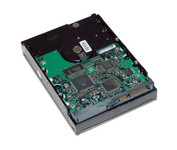
Serial ATA NCQ Hard Drives maximize performance by providing faster data transfer speeds, better system cooling airflow, more bandwidth, more headroom for speed increases in future generations and better data integrity.
Manufacturer:Hewlett Packard Product MPN MPN | PV944UT | Key Features Designation | Desktop Computer | Capacity | 160 GB | Interface | Serial ATA | Enclosure | Internal | Spindle Speed | 7200 RPM | Technical Features Internal Data Transfer Rate | 2,400 Mbit/s | External Data Transfer Rate | 300 MBps | Average Latency | 4.17 ms | Interface (Detailed) | Serial ATA | Other Features Platform | PC | Package Qty. | 1 | Dimensions Width | 4 in. | Depth | 1 in. | Weight | 2.2 lb. | Warranty Warranty | 1 Year | Miscellaneous UPC | 882780713437 |
Tags:hewlett, packard, pv944ut, 160, gb,
| Western Digital My Book Studio WDH1Q3200N (320 GB)$100.00 to $186.00

The My Book Studio Edition (Model WDH1Q3200N) offers 320B of storage, quad interface, and a high-speed interface that makes it perfect for creative professionals and video editors.
Manufacturer:Western Digital Product MPN MPN | WDH1Q3200N | Key Features Capacity | 320 GB | Interface | Serial ATA • USB • FireWire | Enclosure | External | Spindle Speed | 7200 RPM | Technical Features Internal Data Transfer Rate | 2,400 Mbit/s | Buffer Size | 16 MB | Average Latency | 4.17 ms | Interface (Detailed) | USB • FireWire 400 (1394a) • USB 2.0 • Serial ATA • FireWire 800 (1394b) | Other Features Compliant Standards | Plug and Play | Platform | PC | Package Qty. | 1 | Dimensions Height | 2.13 in. | Width | 6.54 in. | Depth | 5.39 in. | Weight | 2.58 lb. | Miscellaneous UPC | 00718037123165 |
Tags:western, digital, my, book, studio, wdh1q3200n, 320, gb,
| Western Digital Scorpio (120 GB)$55.00 to $3,125.00
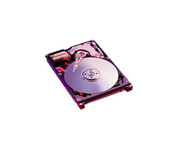
The Western Digital Scorpio 120 GB USB 2.0 Hard Drive is fully compatible with PC systems.The Hard Drive connect by: USB 2.0 for External utilization. Spinning up to 5400 RPM and offering capacity as large as 120 GB
Manufacturer:Western Digital Product MPN MPN | WD1200BEVE-50PK | Key Features Designation | Desktop Computer | Capacity | 120 GB | Interface | USB | Enclosure | External | HDD Form Factor | 2.5" Ultra Slim Line | Spindle Speed | 5400 RPM | Technical Features External Data Transfer Rate | 100 MBps | Seek Time | 12 ms | Buffer Size | 8 MB | Average Latency | 5.56 ms | Interface (Detailed) | USB 2.0 | Sound Emission | 20 dB | Other Features Platform | PC | Package Qty. | 1 | Dimensions Height | 0.28 in. | Width | 0.37 in. | Depth | 0.39 in. | Weight | 0.22 lb. | Miscellaneous UPC | 718037120690 |
Tags:western, digital, scorpio, 120, gb,
|
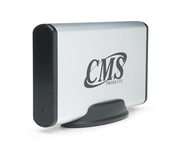
The CMS (V2DSKTP-1TB) 1 TB SATA Hard Drive is fully compatible with PC, Mac systems.The Hard Drive connect by: Serial ATA for External utilization. Spinning up to 7200 RPM and offering capacity as large as 1 TB
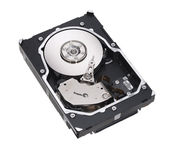
The Cheetah 10K.6 is Seagate's sixth-generation 10K RPM high performance, high capacity disk drive. With the fastest interfaces, the highest reliability and the most mature product design, the Cheetah 10K.6 enables the lowest ownership cost. In data intensive environments, increasing the capacity per disk drive lowers ownership costs by deploying fewer systems that use less cubic feet of space requiring less infrastructure such as cabinets, HBAs and less wattage of power.Minimize
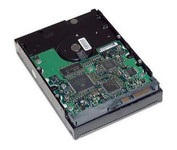
Hard Drive Spindle Speed - 7200Rpm Hard Drive Type - Hot-swap Hard Drive Capacity - 500GB Hard Drive Interface Type - Serial ATA Form Factor - 3.5''
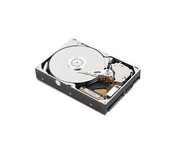
Lenovo extends its line of outstanding hard drive upgrade options with the 250GB Serial ATA (S-ATA) Hard Disk Drive (HDD) for selected models of Lenovo ThinkCentre systems.






